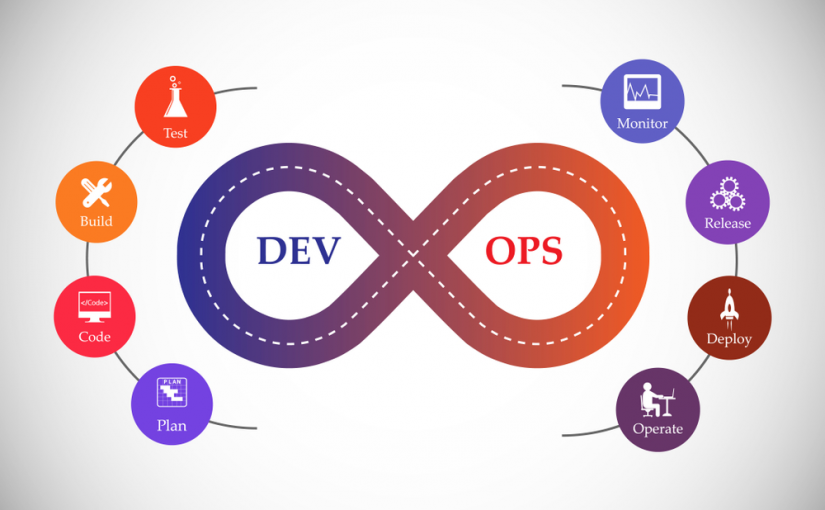One major headache of developers and development teams is the need to keep up with the inevitably changing business and market needs. Salesforce always tried to add on tools enabling a wider group of users than other platforms to administer the changes to their business applications.
The objective of Salesforce tools is to empower the organizations to be more agile, focusing on the outcome.
There are still many issues that go far beyond the capabilities of the low- or no-code development solutions. As the business requirements grow and become more and more complex, the solutions also have to be more focused.
Rather than a full-flat development process in the traditional approach, one should try and cover the rapidly changing developmental challenges to make things easier.
Many of the modern-day business problems demand bespoke logic to solve them, which is what Salesforce understands and offers through Force.com. However, a programming environment to enable bespoke logic is not enough to take full advantage of all these features. But it also demands traditional development methods and conventional developers too to handle it well.
Salesforce in real-time.
The above-mentioned traditional development teams do have some unique expectations. The advantages of moving faster, quicker releases, and regular cadence, etc. are documented well. Some additional processes, too, may come along with these.
- Salesforce is in a constant effort to develop tools, platforms, and stacks to support this unique approach.
- The Salesforce toolset will help improve the day-to-day development activities of the developers.
- These tools considerably enhance the efficacy of development teams.
- The tools allow teams to deliver more business value quickly.
Salesforce has also done an excellent job in terms of empowering the administrators.
Unlike any other platforms, but on the other hand, also fallen behind in terms of catering to the traditional development teams. Salesforce DX kicks in as an ideal solution for this problem.
What’s Salesforce DX?
At the core, Salesforce DX is a reassurance to the users about the ongoing growth of Salesforce as a platform. For the processes which are dependent more on the traditional developmental methods, Salesforce DX and provider like Flosum.com are more committed to providing the needed support and tools. These tools and helps are a new philosophy to put into practice.
The difference Salesforce DX philosophy makes.
Traditionally, the org remained as the sole representation on its own. The intensive development teams may have come from other platforms. Those with rigorous requirements or stringent practices had to use tools like Eclipse or Mavens Mate apart from the command line to manage the version control of metadata.
Having to use those tools introduced another secondary representation of the configuration orgs’. Even having the expert advice of this approach, the method has become more challenging given the metadata limitations with first-party tools.
Throughout the Salesforce DX announcement, the providers emphasize the tagline as “version control is the new source of truth.”
The statement is clear and loud as to collaborate and work together effectively, developers have to use the source control approaches, and to make it practical, developers should take it as the primary representation of org.
For conventional developers, the Salesforce decision was an ideal decision.
There are plenty of benefits coming packed with version control in auditing, disaster recovery, and effective collaboration between the developer teams. Importantly, version control is a key component in the agile development and release cycles.
The primary development goal is to build the application features easier and quicker.
Also, putting them into the hands of the users in real-time. It’s the ideal approach to it is version control. With this approach, the philosophical question which hangs around is what kind of impact this may have on the developers.
The Devs are one issues and the Admins another.
Admins are not very comfortable about moving to the version control command-line tools and methods. This developer-centric shift towards the version control proving out to the ground truth to work successfully.
Uusers need to apply the process across the board to avoid any changes to the orgs which are not tracked by the version control.
Improved tools in Salesforce DX.
-
Scratch orgs.
Scratch orgs is one of the top features in Salesforce DX, which enables the critical concept of “version-control-as-the-source-of-truth.” Scratch orgs are identified as the ephemeral orgs which can be created and destroyed trivially with these commands:
- force:org:create
- force:org:delete
Rather than custom creating a development environment org or the use of sandbox — developers can ideally use their already existing tools. The process allows tools such as MavensMate or Eclipse to work in the Salesforce DX ecosystem.
Finally, during the time of running the changes, one can spin up the new org and then push the metadata into it. This approach has a significant impact on the developmental workflow. The scratch orgs are quick and easy to create.
Developers need not have to maintain and sync various orgs to map their version controls in daily development. Switching different branches is now much more comfortable, and testing of new changes have also become simpler by just clicking the “run” button in any random IDE you use.
Force.com IDE
Along with the above change, Force.com IDE has also been revamped with a brand-new Eclipse plugin. This plugin is constructed on top of the existing sfdx CLI. The top features enabled through this change are:
- The key functionalities to be called from the command line are now exposed directly at command palette, which is there in IDE. Used for pushing the metadata, management of scratch org management, running a test, etc.
- There is also a shortcut to link straight to the lightning app builder at the browser embed. The lightning app builder is accessible in the right context based on the corresponding metadata component.
Along with these, the Heroku pipelines and CI also plays a crucial role in making the developer tasks easier. All these tools mentioned here can be fully leveraged by vendors to build the CI solutions. These solutions include the Bitbucket pipelines by using any of the CI servers like Jenkins and the latest command-line tools.

















